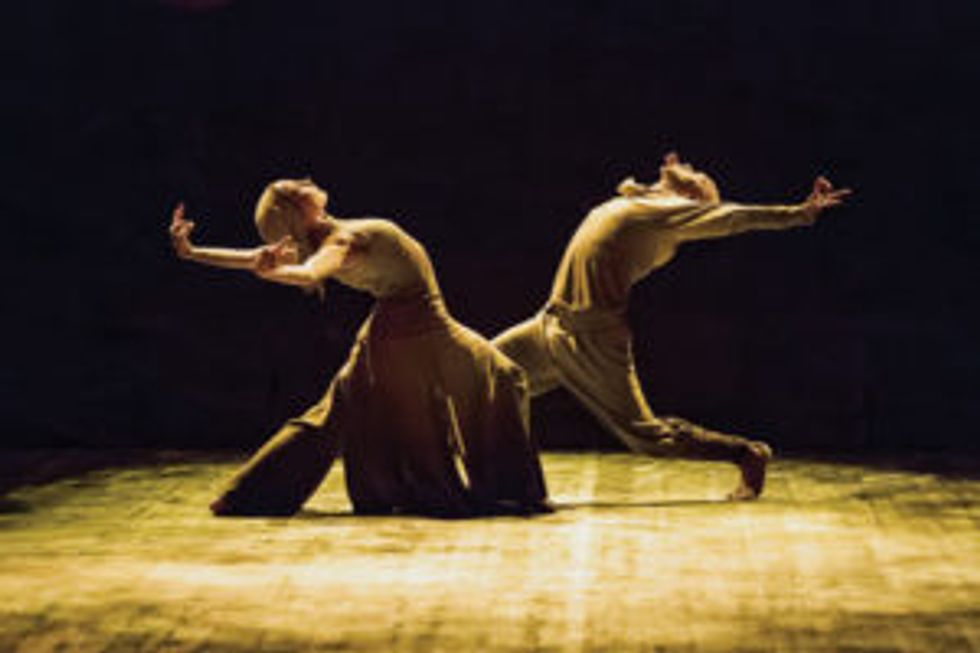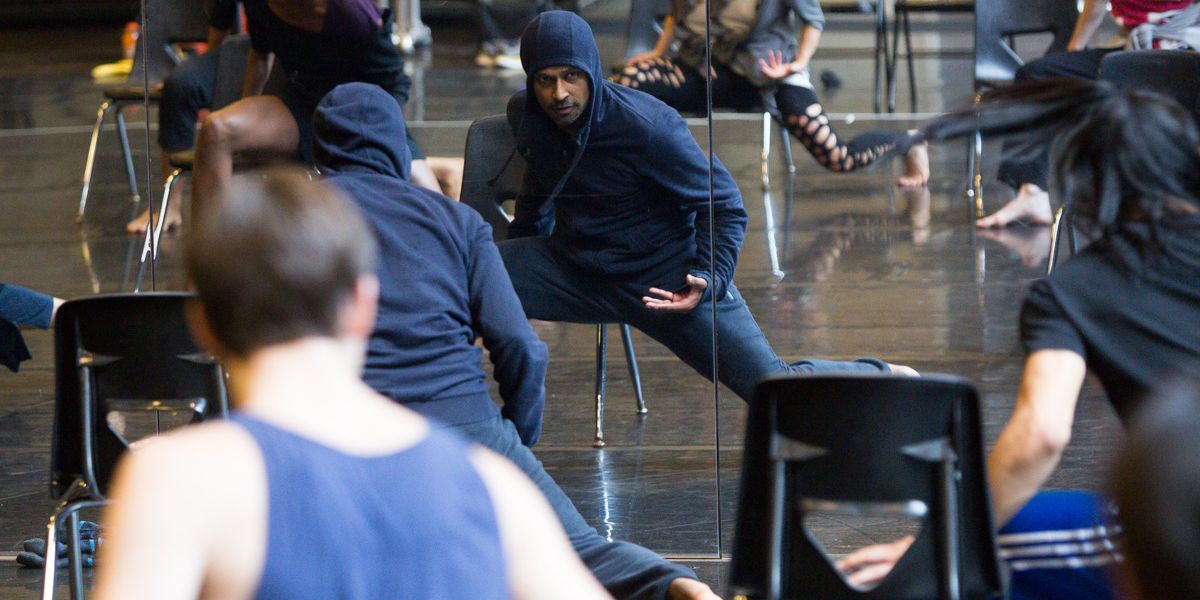The Storyteller
Akram Khan is everywhere.
Known for his invigorating fusion (he prefers the term “confusion”) of kathak and contemporary dance, he is one of the most sought-after choreographers on the international scene. A truly global citizen of the dance world, his intricate, whiplash dancing has led him on journeys far from his stylistic home base. In addition to stunning solo works and intriguing choreography on his own company, Khan has collaborated with ballet superstar Sylvie Guillem, boundary-pushing Belgian choreographer Sidi Larbi Cherkaoui and flamenco wizard Israel Galván. He choreographed for last year’s movie Desert Dancer, about a young man with a passion to dance despite the repressive Iranian regime, and this year’s Big Dance Pledge, an anybody-can-dance type of project culminating in a massive performance in London’s Trafalgar Square. Now, he’s become the latest choreographer to tackle a new version of Giselle.
The new project is the brainchild of Tamara Rojo, maverick artistic director of the 70-member English National Ballet. She had admired Khan’s work for a long time, and invited him to make a work when ENB produced Lest We Forget in 2014, a program marking the 100th anniversary of World War I. According to Rojo’s out-of-the-box thinking, he is the perfect person to create a Giselle for the 21st century. She has said that he has “both the knowledge of tradition and creativity necessary for this task.” Her commitment to the new Giselle includes bringing in his award-winning collaborative team: designer Tim Yip, composer Ben Frost, and dramaturg Ruth Little. Khan, 42, recently spoke with Dance Magazine about approaching his first full-length ballet.
What did you learn about ballet from working with Sylvie Guillem?
It’s very close to Indian classical dance in its philosophy and training. It’s a very technical and physical rigor, very much about repetition, about training the body toward perfection. But Sylvie also had huge amounts of contemporary experience. She worked with Mats Ek and Béjart. The real test for me was with ENB when I created Dust. I found it fascinating. I based it on women, which I tend to do a lot these days. Tamara was one of my main characters.
What was it like working with her?
She’s highly intelligent. What was interesting was to transform her from a literal way of being emotional to a more ambiguous way of being emotional. In both classical Indian dance and ballet, we are trained to be extremely clear emotionally. There are codes, for instance, a way of being to express sadness, and I wanted to take it more toward the truth of being—not to be literal or romantic about it. Tamara adapted so quickly. It was a great joy to work with her.
What existing version of
Giselle do you admire?
The best I’ve ever seen is Mats Ek’s version. He questions the essence and then transforms it. It’s a masterpiece.
Didn’t he set it in an insane asylum? I think there’s a video of Ana Laguna as Giselle.
Yes. She’s unbelievable. Like Tamara and Sylvie, these artists are unique. You know what I love—to work with dancers who think. I don’t necessarily always enjoy thinkers who dance.

English National Ballet’s Tamara Rojo and James Streeter in Khan’s Dust. Photo by ASH, Courtesy ENB.
Will you use the Adolphe Adam music?
Yes and no. The music is not my favorite—the second half I really like, the first half I don’t like so much. The original score is being treated and tampered with by Ben Frost. What I can’t figure out is, What makes it Giselle? Is it the story? Is it the music. What is it? Once I figure that out, things will be easier.
The story deals with the physical world but also the spiritual realm.
I think that’s why Tamara approached me with Giselle. I started to realize that it’s about spirituality in the second half. That’s something she felt I can connect with, and I do.
In the traditional
Giselle, when she’s a Wili, her spirituality is expressed by lightness and airiness; she’s so light she hardly ever comes down from her jumps. Is that something that you will try to do, or do you have another way to express her spirituality?
I would like to use that, of course, because that is such a special illusion. It’s just beautiful, that sense of floating. I have to see what I can do with it that belongs to me, but at the same time using that quality of floating.
You’ve described how your process takes a long time: gathering material, rehearsing, then whittling it down. Are you going to have the time you need, working with ENB?
Yes, Tamara has organized it to be the most advantageous process for me. I asked for five or six dancers to work with me to generate a lot of the research and material on their bodies before I work with the whole company.
Will the movement be influenced by kathak?
I think it’s always there. It’s quite circular, my movement. I always see it through a kathak eye; I cannot not see it that way.
You have two very young children. Have they changed the way you dance, or look at dance?
The way I look at dance, yes. I think part of Chotto Desh came out of having a baby girl. It’s an adapted version of DESH that’s become so successful that it’s touring the world; we have two years of bookings.
What projects have you got cooking after
Giselle?
My solo will start in 2017 and premiere in 2018 and will be the last full-length solo of my career. (I will still dance but not full-length solos.) It’s based on something in Greek mythology. I’ve done a lot of preparation, but then I stopped completely for Giselle. I’m terrified and super-excited about Giselle. This is my first full-length ballet, god help me. What’s scary is, How do I make something that speaks to you for two hours? The essence of it is about love, betrayal and forgiveness. How do I get that across without losing the intensity?
Wendy Perron is
Dance Magazine‘s editor at large.




